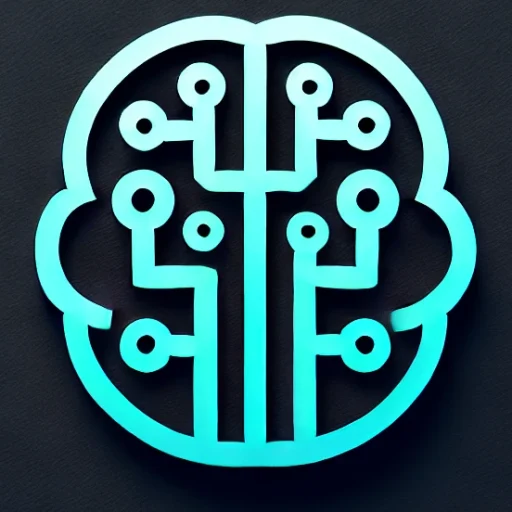
Introduction
The rapid evolution of artificial intelligence has given rise to a particularly transformative branch: Generative AI. While AI has long been recognized for its ability to automate tasks and provide deep analytical insights, its creative capabilities are reshaping industries and redefining what machines can accomplish. From generating art and music to crafting human-like text, generative AI is pushing the boundaries of creativity and innovation.
Key Insights & Latest Advancements
Generative AI encompasses a variety of techniques, most notably Generative Adversarial Networks (GANs), Variational Autoencoders (VAEs), and Transformer-based models. These methods allow machines to create content that previously required human originality.
Recent advancements have seen models like OpenAI’s GPT-4 and Google’s Imagen blur the lines between human and machine creativity. GPT-4 exhibits remarkable proficiency in language tasks, including generating coherent, contextually relevant text, while Imagen demonstrates impressive prowess in generating high-fidelity images from text descriptions. These breakthroughs highlight the potential for machines to not only assist but also innovate within creative domains.
Real-World Applications
The applications of generative AI are vast and varied, impacting numerous sectors:
-
Art and Entertainment: AI-generated artwork is being auctioned alongside traditional pieces, and virtual musicians are composing symphonies that are indistinguishable from those of human composers. Films and video games are also incorporating AI-generated content to animate characters and create immersive environments.
-
Marketing and Content Creation: Generative AI is revolutionizing how brands engage with audiences. Automated content generation allows for personalized marketing at scale, crafting targeted messages that resonate with individual consumers.
-
Healthcare and Drug Discovery: In medicine, generative models are being used to design novel proteins and assist in drug discovery, accelerating the development of new treatments.
Challenges & Future Outlook
Despite its promise, generative AI poses several challenges. Ethical concerns arise from potential misuse in creating deepfakes or generating misleading information. There is also the matter of intellectual property rights and the originality of AI-created works. Additionally, these models require immense computational resources, raising questions about sustainability and environmental impact.
Looking forward, improving model efficiency and ensuring ethical use will be critical. Researchers are focusing on transparent AI systems that can explain their creative processes, enhancing trust and accountability.
Conclusion
Generative AI is not just a technological trend; it is a profound shift in how we perceive creativity and the role of machines in human society. As these models continue to evolve, they will offer unprecedented opportunities for innovation across diverse fields. The key lies in navigating the challenges and harnessing this technology responsibly to amplify human potential.

